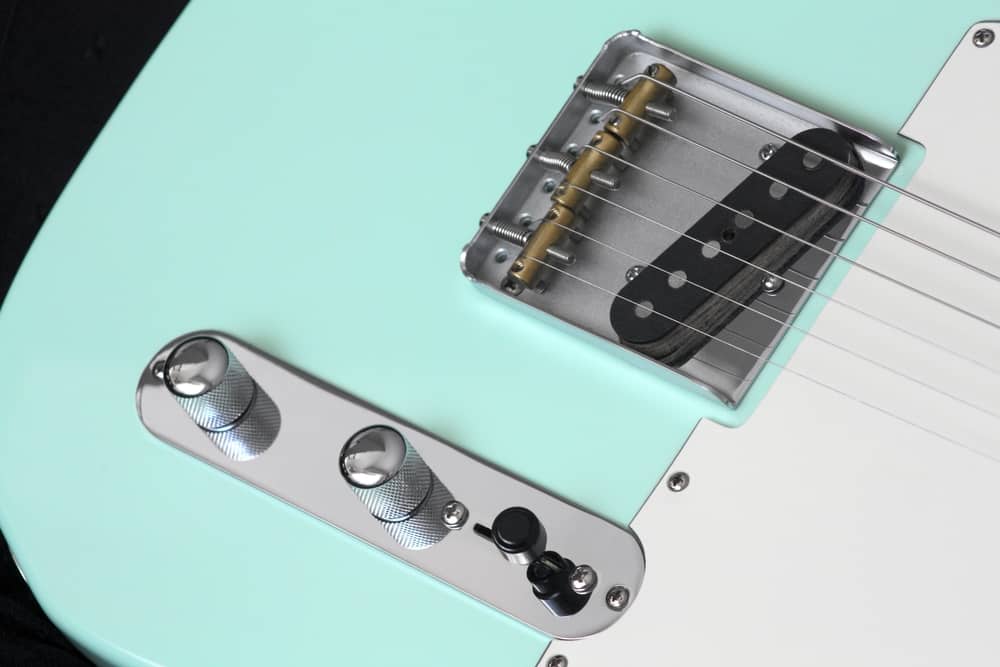
Electric guitars have several features that improve the musical experience. The electric guitars not only make the playing experience more comfortable and convenient but also allows you to have control over the guitar and the tunes.
It’s safe to say that bridge pickup is one of the most important components as it helps pick up the signal from the string vibration closer to the bridge.
In addition, it makes the tone “tighter.” It allows the users to have more control over the strings, and you can pick the tunes on your own. If the bridge pickup on your electric guitar is not working, you will not be able to control the tones.
Bridge Pickup is Not Working
1. Jack Issues
The first thing that you need to check is the output jack. The jack must be in optimal condition, and the cables should be properly connected. It is better if you unplug the cable from the audio jack and reconnect it tightly. You should also rotate the cable a bit inside the jack.
However, if that doesn’t work out, you must replace the jack because it might have internal damages that restrict the connection. It is suggested to take your guitar to a music shop to get the jack replaced as they will ensure correct installation.
Usually, the jacks are plated with gold or nickel, and with constant use, the plating wears off. These unplated jacks can be oxidized from the external elements and moisture, resulting in improper connectivity and intermittent issues. For this reason, immediate jack replacement is recommended.
2. Check Coils
Another possible reason behind the bridge pickup issue is the coils. A coil inside the guitar could be damaged, which is the reason for the bridge pickup not working.
So, you must check the coils and ensure that they are in perfect condition and are not broken at any point. If the coils are damaged, replacing them should resolve the problem.
3. Solder Joints
There are several solder joints inside these electric guitars that could be the culprit here. So, you must check on them to see if they are still able to conduct the current and aren’t broken.
The solder joints can be easily fixed with the help of a soldering gun and wire, and the bridge pickup will start working fine.
4. Magnet Wire
The magnet wire is connected at the finishing as well as on the beginning of guitars. The beginning wire is usually connected to the eyelets, and the coil’s beginning finishes on the outside and is wound from the internal side.
So, if the magnet wire is broken, it will be quite challenging to repair, particularly when it’s broken around the coil.
On the other hand, if the magnet wire is broken around the eyelet, you can extend the wire by soldering a new wire and connecting it to the eyelet.
Keep in mind that soldering the wire is a sensitive issue, which is why you need to remove the soldering flux before you solder the extra wire. Once the magnet wire is soldered in, try using the bridge pickup again.
5. Bent Contacts On The Switches
The majority of electric guitars are designed with contacts on three and five lever switches, and that’s where the circuit and pickup connections are established. Usually, the contacts are accurately bent to ensure the wiper blade within the switch is making proper contact.
However, with improper handling, the contacts and solder connections are excessively bent, which results in functionality issues of the pickup.
For this purpose, you must inspect the contacts on the switches and realign them to ensure proper contact. You can opt for an ohmmeter to check continuity in the contacts. In case you want to reshape the contacts, use a nose plier with round needles.
6. Worn Out Or Oxidized Contacts
The constant use of the guitar can lead to wearing out of the switches, which also damages the contacts.
On the other hand, if the guitar is not used for a long time, oxidation can develop on the contacts, particularly if the instrument is stored somewhere with high humidity levels. The oxidation can be easily removed with the help of a guitar contact cleaner.
The contact cleaner not only removes and cleans the oxidization but also lubricates the switch’s contacts. You can easily purchase the contact cleaners from the electric supply stores.
While you are cleaning the contacts, make sure that you don’t overspray because it can also cause damage. Moreover, you must wear a mask while cleaning the contacts.
Secondly, it is recommended to apply the adhesive tape around the switch to make sure the other components are not damaged, but you must use a guitar-friendly adhesive tape.
7. Magnets
A magnet is an important part of the electric guitar, but a degaussed magnet can result in warm sound and less output of the pickup. The degaussing is caused by extreme shock, heat, different environmental conditions, and fluctuating current. The only solution is to replace the magnet and use a new one.
While purchasing a new magnet, make sure that you select the magnet of the right shape and size according to the electric guitar, as it can impact the stability of the magnetic field.
For this purpose, you can take your guitar to the music shop, and the shop owner will recommend the right magnet that recharges the bridge pickup and offers better output.
8. DC Resistance
The internal breakdown of the coil is common. This is because the insulation fatigue tends to damage the layering of magnet wires.
This damage can decrease the DC resistance of the bridge pickup. To optimize the DC resistance, you must ensure that the magnetic wire has enough insulation, and it is possible to add insulation.
In addition, when you are adding insulation on the wire, use thicker insulation as it’s more reliable and will prevent insulation fatigue. As a result, the DC resistance will be optimized, and the bridge pickup will work fine.
9. Hookup Wire
The hookup wire is integrated with the insulated conductor, which is important to make internal connections. However, when the insulated conductor is damaged, the hookup wire won’t work properly, and the bridge pickup will stop working.
To be certain, you can use an ohmmeter to check different points of the hookup wire. If some parts of the hookup wire show zero continuity, you must get it rewound or replace the hookup wire.
10. Cold Solder Joints
The majority of bridge pickup failures are caused by the cold solder joints. For instance, if the solder joints aren’t soldered properly, the coils will stop working. In addition, insufficient soldering means voids and pits on the solder joints, and it will prevent contact.
To fix the problem, you can reheat the joint to restore the bridge pickup, but you must ensure a proper temperature to make sure the solder doesn’t boil and oxidize.
In addition to this, you can add more solder to the joint, and the rosin core solder will work perfectly. Keep in mind that you shouldn’t use acid core solder for the joints.
11. Incorrect Wiring
The last solution is to check the wiring of your guitar’s circuit. You must check that the wires are properly connected to the contacts, and everything is properly grounded.
In addition, you must check the solder joints, ground connections, and switch connections to ensure they are intact and have proper insulation. If any wire seems to be damaged or is incorrectly placed, repair or redo it, respectively.
12. Get It Checked
Lastly, if you are unable to figure out the problem on your own and the bridge pickup on your guitar is still not working despite all the troubleshooting steps, it is better to get your guitar checked by a professional technician.
A technician will be able to analyze the guitar to find the root cause and fix it to make sure the problem doesn’t occur again.

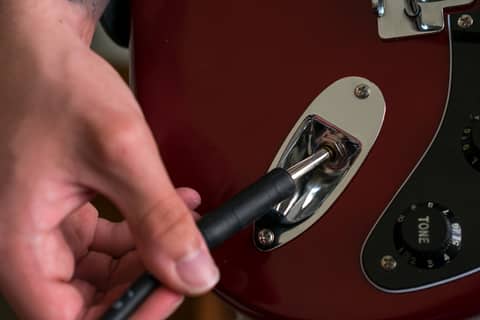
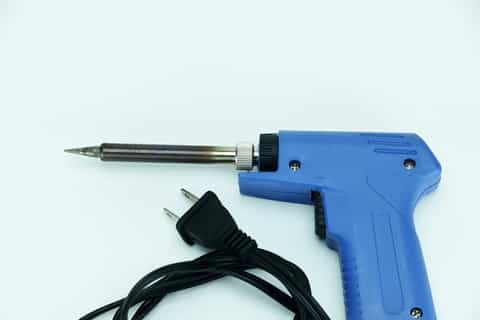
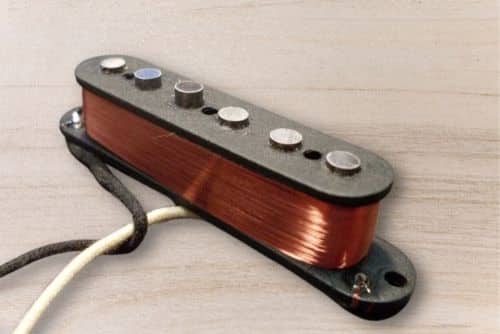
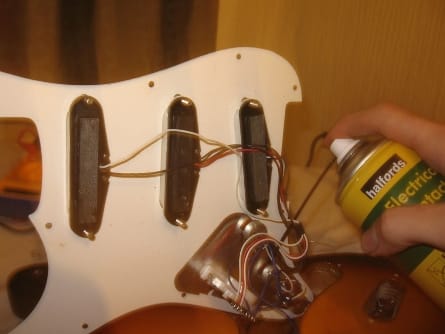
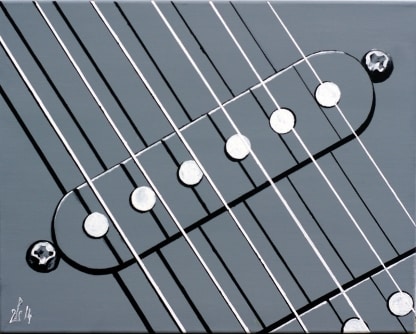
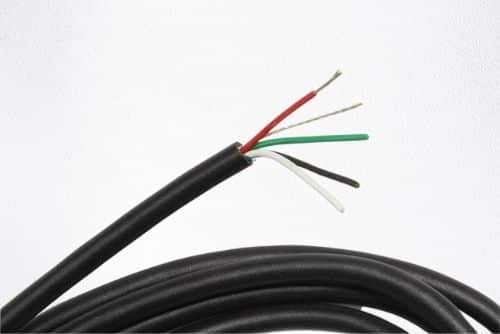
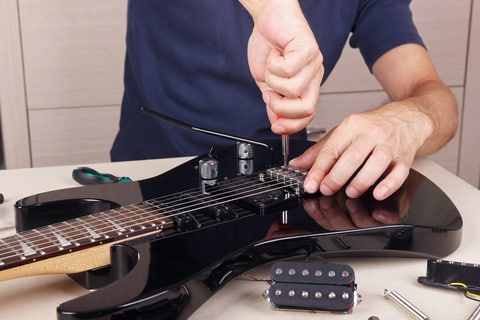
I have replaced both jazz master pick ups new volume and tone with a plug and play set up. Replaced my cord. Everything is new inside my tele. Still when I move or touch the string’s I get popping sounds. It’s only in this guitar. I need suggestions. Thanks